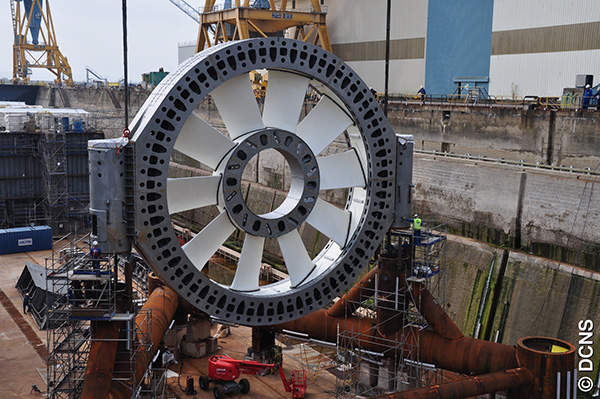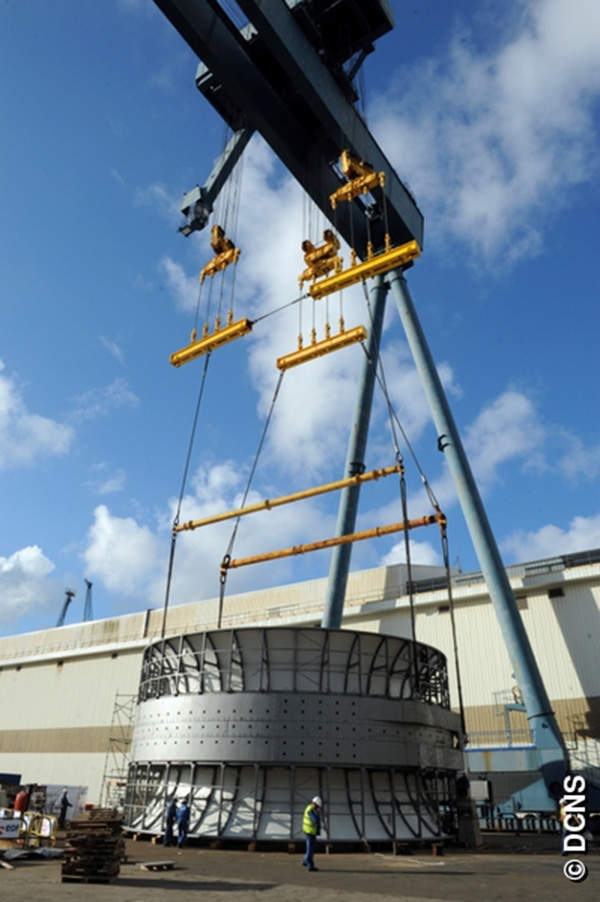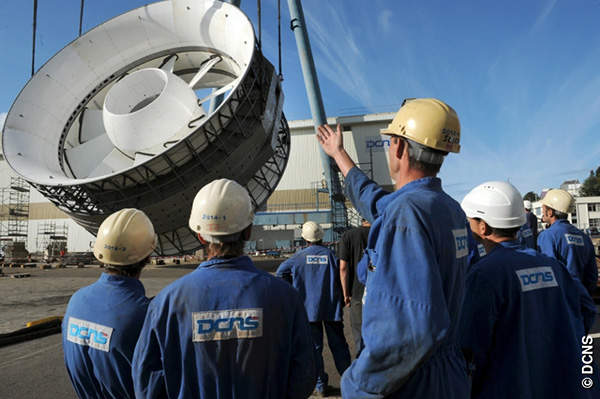The Paimpol-Brehat Tidal Farm was constructed off the coast of Paimpol-Brehat in North Brittany, France. It was the first grid-connected tidal array in the world. The power generated from the farm is capable of serving 4,000 households.
The idea to build the facility was first brought up by Electricite de France (EDF) in 2004, after France formally banned coal mining. Construction work at the tidal farm began in 2008. Sea testing of the two turbines was completed in 2014. The installation of two turbines was completed by May 2016.
The cost of constructing the offshore tidal farm is €40m ($49m). The project provides employment opportunities for the neighbouring areas.
A turbine named L’Arcouest, developed by OpenHydro, was tested at the site from December 2013 to April 2014. Another pilot farm, comprising two tidal turbines at the same site, was further announced in June 2014. OpenHydro is responsible for developing, installing and testing the two turbines in partnership with EDF. The pilot project is expected to pave the way for the pre-commercialisation of tidal farms from 2018.
Development of the Paimpol-Brehat tidal energy farm
OpenHydro’s turbines were selected for the Paimpol-Brehat tidal power project due to their low cost and ease of installation, with significantly less labour required. The laying of the turbines underwater requires no drilling or excavation work.
Each of the four turbines will measure 22m in height, 72ft in diameter and 850t in weight, inclusive of the foundation units. Each of the two turbines has a generating capacity of 2MW each and was laid 35m-deep into the seabed.
A specially designed barge named OpenHydro Triskell is used for the installation of the turbines.
The turbines were laid on top of a three-legged structure acting as the subsea base for the turbines. The subsea base for supporting the turbines was laid 4.8m above the seabed.
Features of the North Brittany tidal power turbines
The turbines are specially designed with an opening in the middle, which provides safety and easy access for fish and other sea creatures. The project received support for construction from the Brittany region, the French Government and Europe for prioritising the safety of the marine environment.
The turbines laid in the sea are out of sight from the surface, causing no visual impact. The noise generated by the turbines has also been kept in check and it will have minimal effects.
The turbines have the capability of functioning without the use of oil, grease or other polluting lubricants.
Construction of the Paimpol-Brehat offshore power facility
The first turbine of Paimpol-Brehat Wind Farm, assembled at Port Brest was transported to the island of Brehat, near Paimpol, in August 2011 for sea testing. The turbine and the subsea base were installed using the barge OpenHydro Triskell.
The sea testing process went on for two months as part of the preparation to present the world’s largest tidal array by 2012 and study its impacts on the marine environment. The turbine was lifted to the surface for examination after the testing process was completed.
Grid connection of the North Brittany tidal energy plant
The tidal farm was connected to the French grid in mid-2016, becoming the first large-scale tidal power project in the world to be connected to the grid. A new substation was built to transfer the power from the tidal farm to the national grid.
Contractors involved with the Paimpol-Brehat offshore development
With EDF acting as the developer of the project, the construction work was carried out by OpenHydro Group. OpenHydro, in association with DCNS, developed and supplied the turbines for the project. The barge used for the project was built by STX (Lorient) under the supervision of DCNS.
DCNS was also responsible for assembling the turbines and subsea base for the tidal farm.
Converteam provided assistance during the testing of the first turbine.






